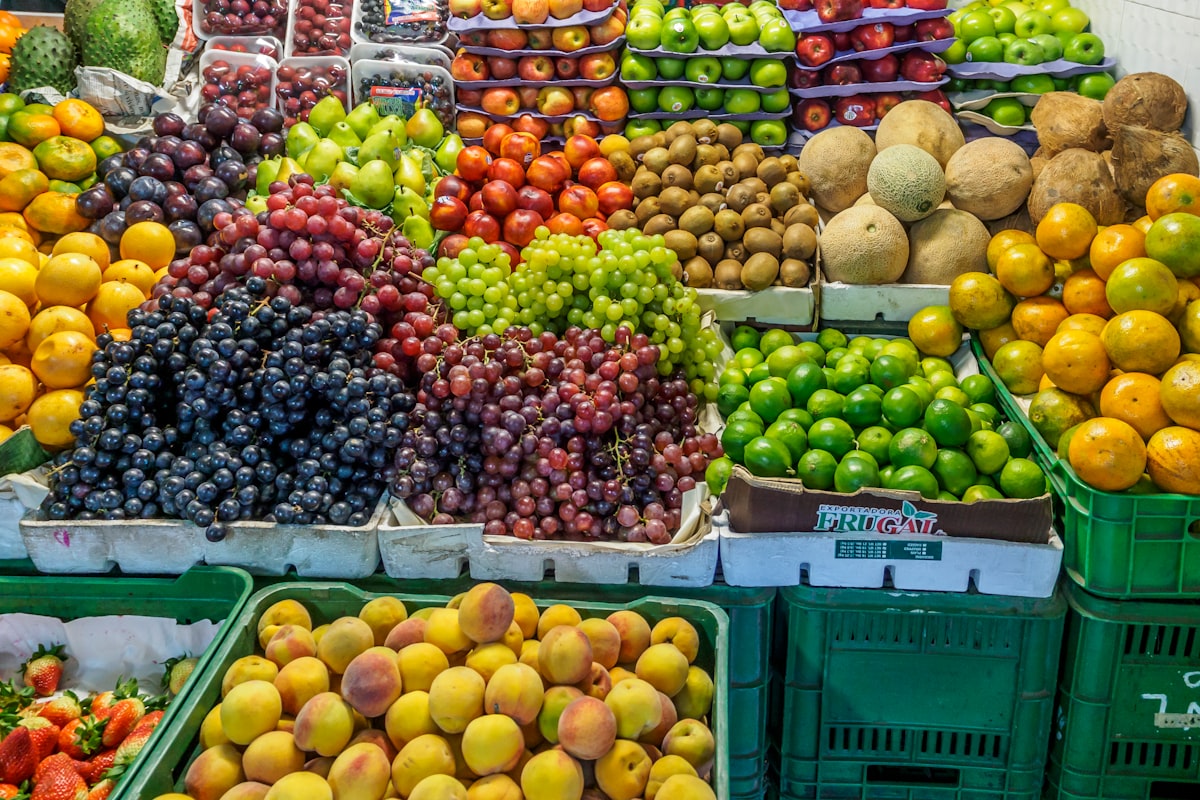U.S. food sales to Mexico have grown 30% in a decade
Last year Mexico was the third largest market for United States food producers, only surpassed by Canada and China.

Last year Mexico was the third-largest market for U.S. food producers, surpassed only by Canada and China; in some specific products such as corn, dairy products, and poultry, Mexico is the largest market for these companies. The United States dominates the foreign supply of agri-foods to Mexico, with close to 70% market share, according to a report by the Department of Agriculture (USDA). In 2020, Mexico was the first destination for U.S. exports of dairy products (1,416 million dollars), corn (2,693 million), and poultry meat (983 million). It was also the leading destination for sweeteners, animal fats, and distillers grains.
Globally, Mexico was the third-largest destination for U.S. agricultural products in 2020, with a total value of $18.094 billion dollars, down 6% from 2019, but up 30.6% from 2010. The top two markets in 2020 were Canada ($25.571 billion) and China ($24.760 billion). But even with that decline in exports, the United States maintained its number one position in Mexico's sector imports by a wide margin. At the same time, Mexico became the second-largest market for U.S. exports of wheat (778 million dollars), fresh fruits and vegetables (772 million), prepared foods (769 million), and rice (345 million). According to the USDA, the outlook for U.S. agricultural exports to Mexico in 2021 remains muted amid an ongoing economic crisis.
Once Mexico's economy recovers, U.S. exports of intermediate, bulk and consumer-oriented agricultural products are expected to be the first to recover. The implementation of the U.S.-Mexico-Canada Agreement (T-MEC) ensures that tariffs between the two countries remain at zero. The T-MEC contains new and enforceable rules to ensure that sanitary and phytosanitary measures are science-based and are developed and implemented in a transparent and non-discriminatory manner. On another level, Mexico ranked third as a destination for U.S. exports of soybeans ($1.895 billion) and pork ($1.153 billion).
The largest decrease in these U.S. exports to Mexico in 2020 was a 23% reduction ($254 million) in meat product exports. Other losses occurred in pork at 10 percent, poultry at 9 percent, and dairy at 8 percent. The deep economic shocks related to Covid-19 in Mexico caused an overall decline in imports of agricultural products from the United States to Mexico in 2020. Lower purchasing power led to a drop in U.S. exports of animal proteins, particularly high-value animal proteins, to the same destination. For example, U.S. beef exports fell 23% to $853 million in 2020.
Mexican consumer preference for lower-priced animal products resulted in smaller declines for U.S. dairy, pork and poultry exports. At the same time, U.S. corn exports declined slightly to US$2.7 billion due to lower demand for animal feed. Similarly, the decline in consumer purchasing power caused a reduction in demand for higher-priced imported fruits, such as apples, pears and grapes, as well as fresh fruit.




